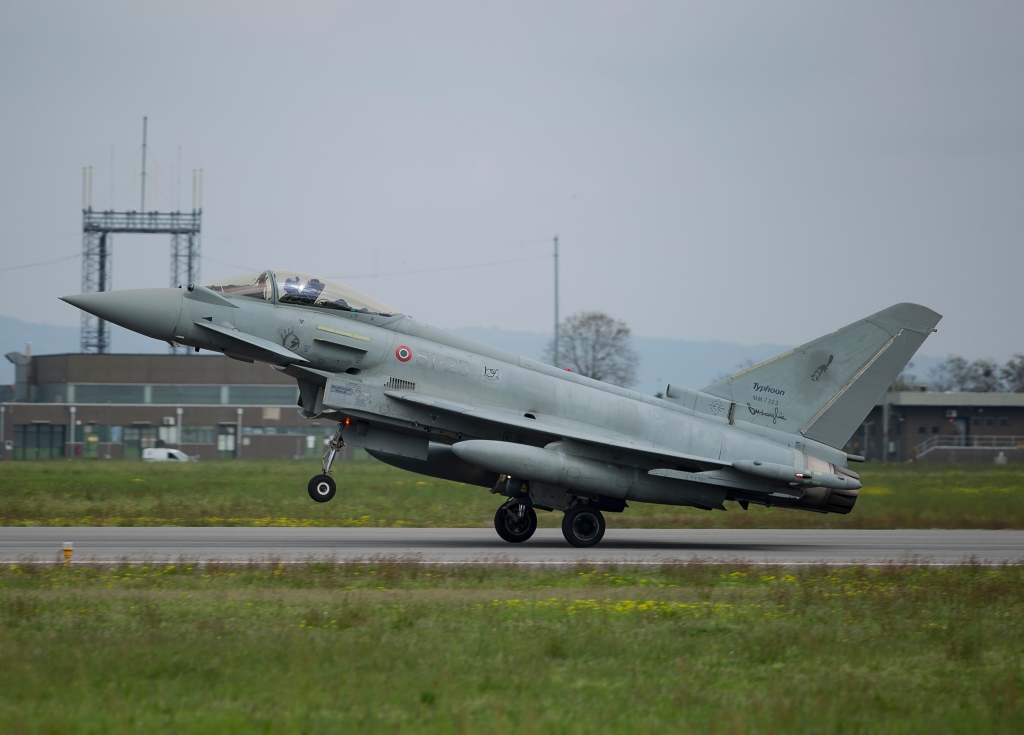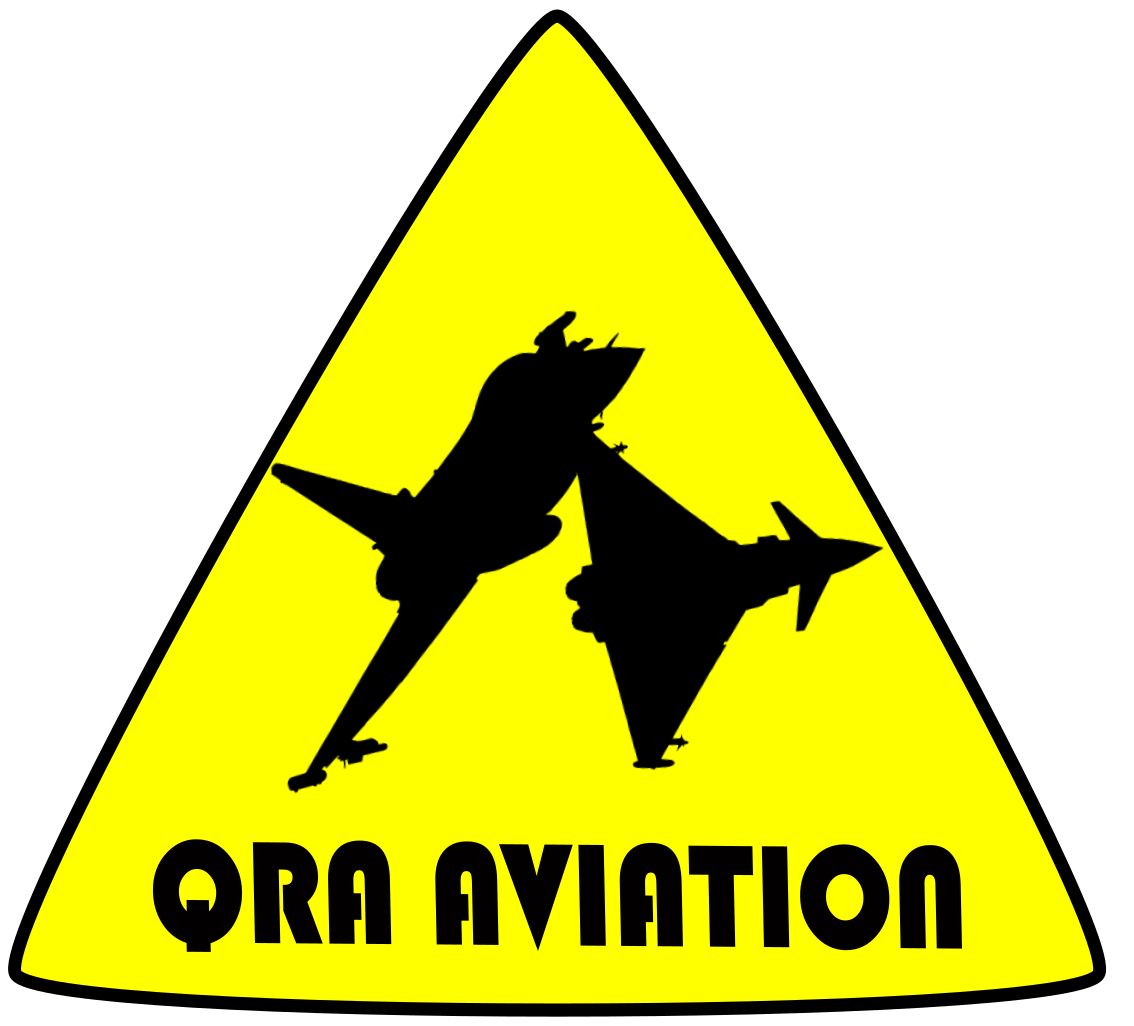Tanta emozione per il Phase-Out del velivolo AMX dell’Aeronautica Militare ed oltre diecimila persone presenti per il grande evento insieme alle Frecce Tricolori
Ultimo volo venerdì 5 aprile 2024 per i cinque caccia “Amx” dell’Aeronautica militare ancora in servizio. Nella base del 51° Stormo di Istrana (Treviso), i velivoli si sono esibiti di fronte a circa 10000 invitati e ben 500 spotter, gran parte all’interno dell’aeroporto, ma tanti altri anche all’esterno della pista.
Per l’occasione è stata organizzata una “mini” manifestazione che ha avuto inizio con il decollo di una formazione di AMX che dopo una missione di addestramento si sono ricongiunti in volo con un Tornado, un Eurofighter ed un F-35, a riunire idealmente tutte le generazioni di velivoli aero-tattici attualmente in linea nella Forza Armata, accompagnati poi nel finale da una performance di “allenamento” di quattro aerei delle Frecce Tricolori.





Gli Amx dell’Aeronautica italiana, vengono dismessi dopo 35 anni di operatività, per essere sostituiti da nuovi modelli. Quattro dei cinque esemplari, due monoposto e due biposto, saranno collocati nei prossimi giorni presso l’aeroporto di Piacenza, sede individuata per la realizzazione del Flying Museum dell’Aeronautica Militare. Non è tuttavia escluso un loro impiego in futuro anche per operazioni di addestramento e per sperimentazioni della propulsione aerea con biocarburanti.
Breve Accenno sull’AMX
L’AMX, acronimo di “Aeronautica Militare eXperimental”, è un aereo da combattimento leggero sviluppato congiuntamente da Italia e Brasile negli anni ’80. L’obiettivo era creare un aereo versatile e maneggevole, adatto a compiti di attacco al suolo e supporto tattico.


Progettato dalla società italiana Aermacchi (ora Leonardo) e dalla brasiliana Embraer, l’AMX ha volato per la prima volta nel 1984 ed è entrato in servizio operativo con l’Aeronautica Militare Italiana nel 1989. Dotato di un motore turbofan Rolls-Royce Spey, è stato progettato per operare da piste non pavimentate e ha una velocità massima di circa Mach 0.9.
L’AMX nei sui 35 anni di operatività è stato in carico presso il 51°Stormo (132°Gruppo), 32°Stormo (13° e 101°Gruppo), 2°Stormo (14°Gruppo) e 3°Stormo (28°Gruppo).
L’AMX è stato impiegato in vari conflitti, tra cui la guerra del Golfo del 1991 e il conflitto in Kosovo nel 1999, dove ha dimostrato la sua efficacia nel ruolo di supporto aereo ravvicinato e bombardamento leggero. Grazie alla sua manovrabilità e alla sua capacità di operare da basi avanzate o di emergenza, l’AMX è stato utilizzato anche in missioni di ricognizione e sorveglianza. Una delle caratteristiche distintive dell’AMX è la sua versatilità. È in grado di trasportare una vasta gamma di carichi utili, tra cui bombe, missili aria-terra, razzi non guidati e cannoni. Inoltre, può essere equipaggiato con sistemi di puntamento avanzati e avionica per migliorare le sue capacità operative.
In 35 anni di servizio, con oltre 240 mila ore di volo di cui 18.500 in operazioni reali, l’AMX ha solcato i cieli di 33 nazioni, operando in otto diversi teatri operativi e nell’ambito di numerose esercitazioni internazionali, dai climi gelidi della Norvegia e del Canada alla sabbia del Kuwait.









L’AMX ha continuato a essere un pilastro dell’Aeronautica Militare Italiana per decenni, subendo diverse modernizzazioni per mantenere la sua rilevanza sul campo di battaglia moderno. Tuttavia, nel corso degli anni, è diventato sempre più evidente la necessità di sostituire l’AMX con aerei più avanzati e tecnologicamente aggiornati.
Di seguito il link dove lo staff di QRA ha avuto la possibilità di assistere l’AMX durante esercitazioni congiunte in ambito internazionale: https://qraaviation.com/2017/10/27/vega-2017-vg17-trapani-birgi/
A questo scopo, l’Aeronautica Militare Italiana ha avviato il programma Tornado Replacement and Multirole Combat Aircraft (TRMC), finalizzato alla sostituzione dell’AMX e dei vecchi aerei Tornado con un singolo velivolo multi-ruolo. Dopo un’attenta valutazione, l’Italia ha optato per l’acquisto di F-35 Lightning II, il caccia stealth di quinta generazione prodotto da Lockheed Martin. L’introduzione del F-35 ha segnato una nuova era per l’Aeronautica Militare Italiana, offrendo capacità avanzate di furtività, sensori e networking che consentono una maggiore interoperabilità con gli alleati NATO. Mentre l’AMX continua a essere utilizzato in alcuni ruoli specifici, il F-35 ha assunto il ruolo principale nel garantire la sicurezza e la difesa dell’Italia e dei suoi alleati.



In sintesi, l’AMX è stato un aereo da combattimento versatile e affidabile che ha servito con distinzione l’Aeronautica Militare Italiana per molti anni.

Foto ©Aeronautica Militare
La cerimonia di phase out del velivolo AMX – Video News Aeronautica Militare
Si ringrazia l’Aeronautica Militare Italiana ed il 51°Stormo di Istrana per l’organizzazione dell’evento.
Foto di ©Daniele Zanolini e ©Massimo Filippini
Articolo di ©Omar Rigamonti
ENGLISH VERSION
Last flight on Friday, April 5, 2024, for the Air Force’s five “Amx” fighters still in service. At the base of the 51st Wing in Istrana (Treviso), the aircraft performed in front of about 10,000 guests and 500 spotters, most of them inside the airport, but many more outside the runway as well.
A “mini” event was organized for the occasion, which began with the takeoff of a formation of AMXs that after a training mission rejoined in the air with a Tornado, a Eurofighter and an F-35, ideally bringing together all generations of aero-tactical aircraft currently on the line in the Armed Forces, accompanied then in the finale by a “training” performance by four aircraft of the Frecce Tricolori.


The Italian Air Force’s Amxs, are being decommissioned after 35 years of operation, to be replaced by new models. Four of the five examples, two single-seaters and two two-seaters, will be placed in the coming days at the Piacenza airport, the site identified for the creation of the Air Force’s Flying Museum. However, their future use for training operations and biofuel airplane propulsion experiments is not ruled out.
Brief Hint on the AMX
The AMX, an acronym for “Aeronautica Militare eXperimental,” is a light combat aircraft jointly developed by Italy and Brazil in the 1980s. The goal was to create a versatile and maneuverable aircraft suitable for ground attack and tactical support tasks.

The AMX has continued to be a mainstay of the Italian Air Force for decades, undergoing several modernizations to maintain its relevance on the modern battlefield. However, over the years, the need to replace the AMX with more advanced and technologically updated aircraft has become increasingly apparent.


Designed by Italian company Aermacchi (now Leonardo) and Brazilian Embraer, the AMX first flew in 1984 and entered operational service with the Italian Air Force in 1989. Equipped with a Rolls-Royce Spey turbofan engine, it is designed to operate from unpaved runways and has a top speed of about Mach 0.9.
The AMX in its 35 years of operation has been in charge at 51° Stormo (132ndGroup), 32° Stormo (13th and 101stGroup), 2° Stormo (14thGroup) and 3° Stormo (28thGroup).
The AMX has been deployed in various conflicts, including the 1991 Gulf War and the Kosovo conflict in 1999, where it proved its effectiveness in the role of close air support and light bombing. Because of its maneuverability and ability to operate from forward or contingency bases, the AMX has also been used in reconnaissance and surveillance missions. One of the distinguishing characteristics of the AMX is its versatility. It is capable of carrying a wide range of payloads, including bombs, air-to-ground missiles, unguided rockets and guns. In addition, it can be equipped with advanced targeting systems and avionics to enhance its operational capabilities.



In 35 years of service, with more than 240,000 flight hours, 18,500 of which have been in actual operations, the AMX has plied the skies of 33 nations, operating in eight different theaters of operation and as part of numerous international exercises, from the frigid climates of Norway and Canada to the sand of Kuwait.
To this end, the Italian Air Force initiated the Tornado Replacement and Multirole Combat Aircraft (TRMC) program, aimed at replacing the AMX and older Tornado aircraft with a single multi-role aircraft. After careful evaluation, Italy opted to purchase the F-35 Lightning II, the fifth-generation stealth fighter produced by Lockheed Martin. The introduction of the F-35 marked a new era for the Italian Air Force, offering advanced stealth, sensor and networking capabilities that enable greater interoperability with NATO allies. While the AMX continues to be used in some specific roles, the F-35 has taken the lead role in ensuring the security and defense of Italy and its allies.
In summary, the AMX has been a versatile and reliable combat aircraft that has served the Italian Air Force with distinction for many years.
We thank the Italian Air Force and the 51° Stormo of Istrana for organizing the event.
Photos by ©Daniele Zanolini and ©Massimo Filippini
Article by ©Omar Rigamonti




Lascia un commento